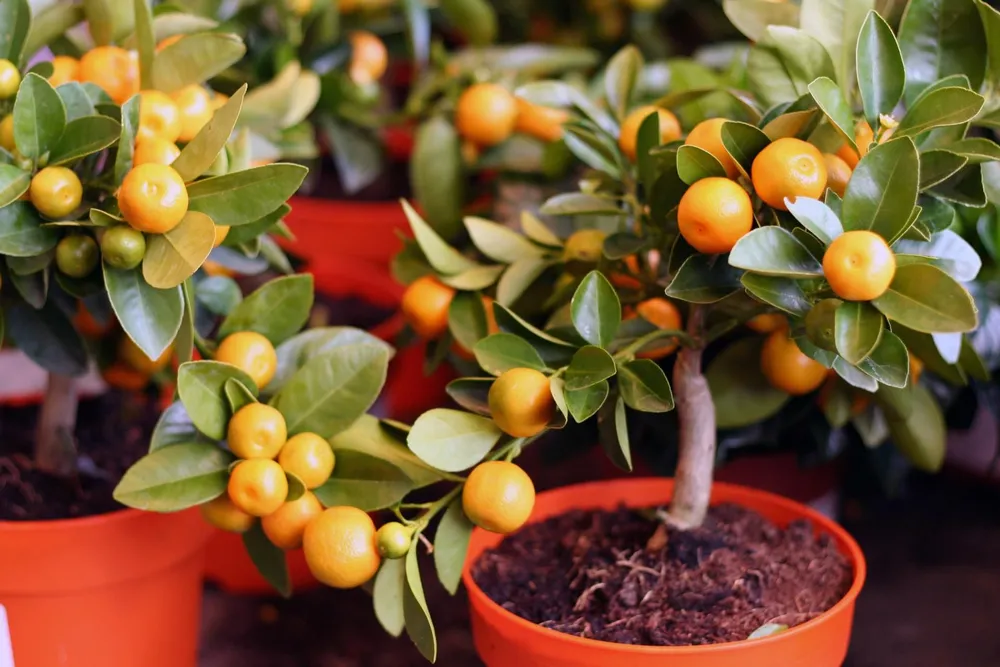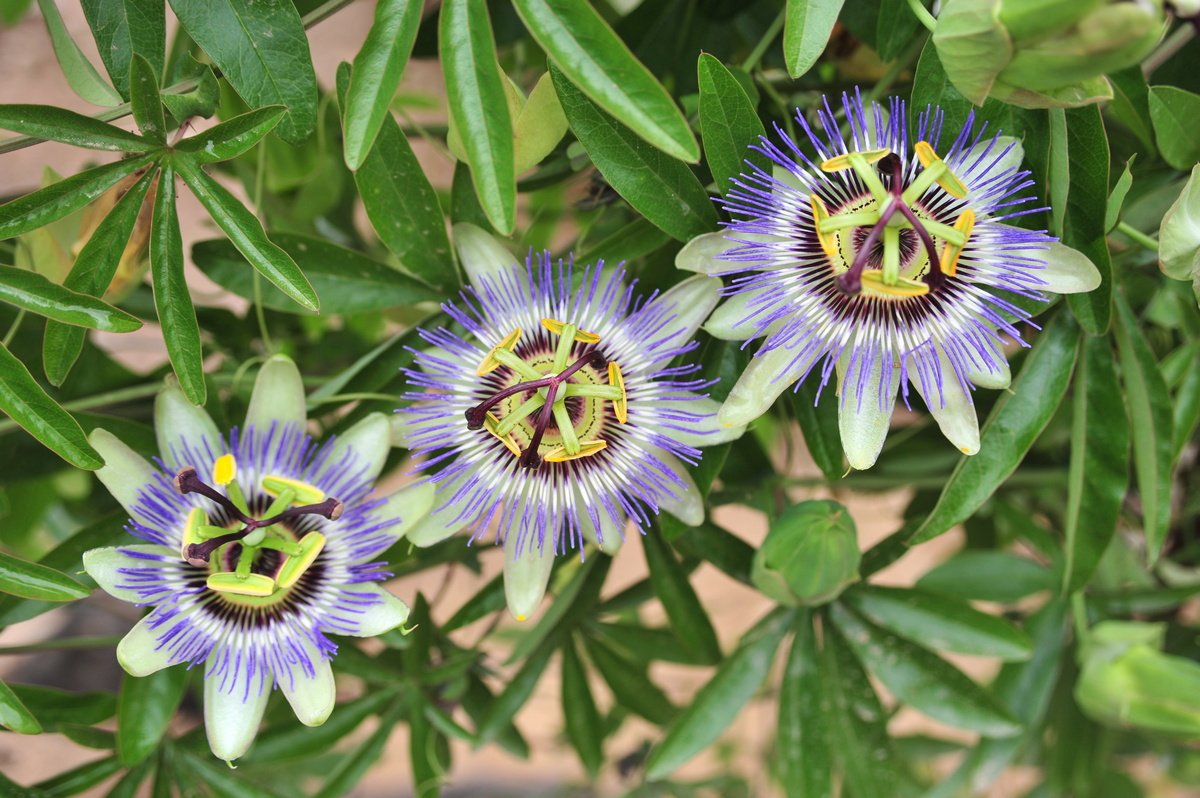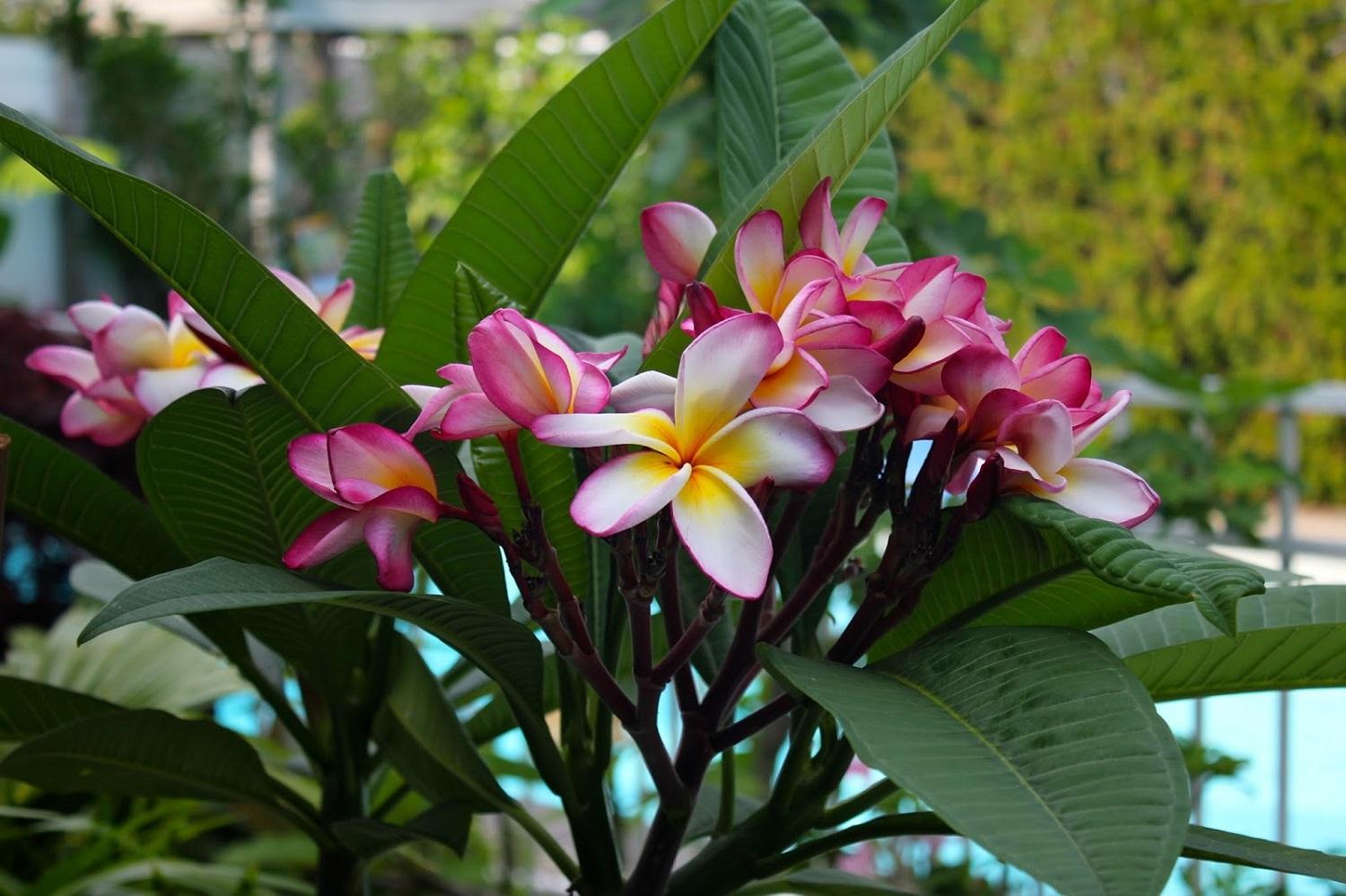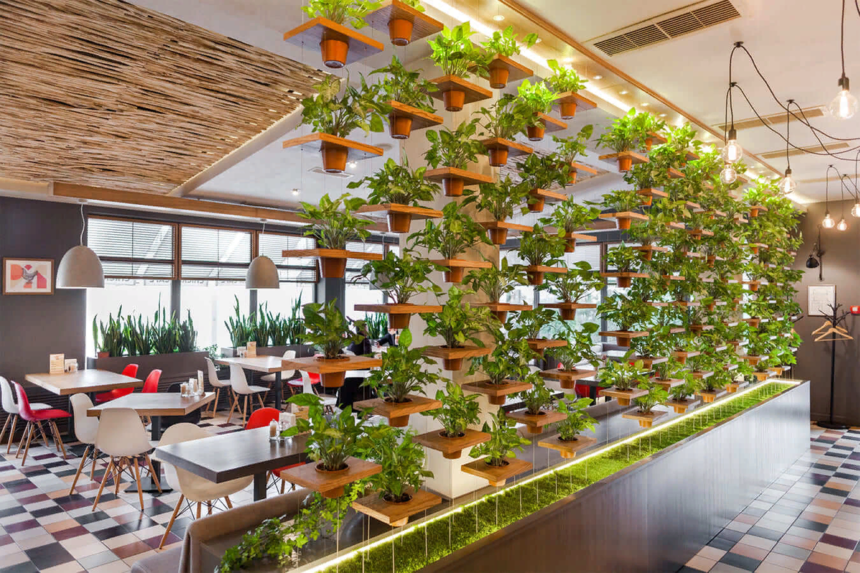Indoor plants are the best decision to remember a tad of nature for your home. Yet, when you can likewise have lovely, normal fragrances filling your dining room, why restrict yourself to just appearances? Keep perusing to be aware of establishing dining room plants!

7 Most Fragrant Dining Room Plants
1) Citrus
Assuming you give them enough light, some orange, lemon, and other citrus organic products can make amazing houseplants. The wonderful fragrances of their blossoms will be your prize. You might get to taste local natural products on the off chance that you’re sufficiently patient. Citrus trees developed from seed might require quite a while to bloom, and they will presumably have sharp spines.

2) Cuban Oregano
A relative of Swedish ivy that develops effectively, Cuban oregano has a trademark hot fragrance. It’s intriguing to take note that neither one of the plants is native to the districts where their normal names start. The fluffy, green, substantial leaves can be cooked, or you can just brush them to release their smell. This plant is not difficult to recreate and impart to companions since cuttings from its underlying foundations are promptly in a prepared blend.

3) Gardenia
Gardenia is notable for having the absolute most fragrant blooms. It is a wonderful however testing houseplant. Its white blooms, either single or twofold, radiate a strong botanical scent. In the spring and summer, utilize a compost intended for corrosive cherishing plants, like azaleas. Be mindful about safeguarding this plant from hot and cold drafts.
4) Oncidium Orchid
Oncidium orchids are among the simplest to develop and make the best houseplants, however, corsage orchids are the most flashy. They give an assortment of blossom times notwithstanding sizes and varieties. Their size, variety, and fragrance all contrast significantly with each other. For instance, Sharry Child’s ‘Sweet Aroma’ smells emphatically of chocolate, while Sparkle’s ‘Scent Dream’ smells more homegrown.
5) Passionflower
Not all energy blossoms are fragrant; pause and smell the blossoms or study the plant labels and portrayals to guarantee you get a scented kind. Energy Blossoms have unpredictable, practically outsider-looking blossoms. ‘Motivation,’ ‘Elizabeth,’ and Passiflora x underneath are the absolute most delightful smelling blossoms (displayed previously). Since they develop rapidly, energy blossoms, similar to a lattice, expect backing to jump on.

6) Odorata Begonia
Albeit most begonia sprouts aren’t fragrant, you may be astounded assuming that you utilize your nose while purchasing. Find cultivars of Begonia odorata like ‘Angelique’ and the sinewy begonia ‘Tea Rose’ for a very fragrant begonia. For a steady blossom show in the spring and summer, give your begonias normal watering and treatment.

7) Plumeria
Plumeria is a tropical tree notable for its dazzling blossoms and fragrant leaves. The blooms are utilized to make Hawaiian leis. Their strong smell is suggestive of sweet overhanging trees. The blooms are accessible in various tones other than white, like reds, pinks, yellows, oranges, and blends.

Factors to Consider When Selecting Dining Room Plants
Light Conditions
Natural Light: Survey how much daylight your lounge area gets over the course of the day. Is it a bright room, a somewhat concealed room, or a low-light space?
Artificial Light: In the event that regular light is restricted, think about utilizing counterfeit lighting, for example, develop lights, to enhance the light for your plants.
Space Accessibility
Room Size: Measure the accessible space in your lounge area to decide the suitable size and number of plants.
Tabletop or Floor: Choose if you lean toward plants on the table or on the floor, as this will impact the sorts of plants you can pick.
Style and décor
Room theme: Consider the general style and stylistic layout of your lounge area. Do you need to establish that supplement or differentiation with the current stylish?
Plant Types: Pick establishes that line up with the ideal state of mind and environment of the room. For instance, lavish, tropical plants can make a lively and fascinating feel, while moderate succulents can add a cutting-edge touch.
Maintenance Prerequisites
Watering Needs: Consider how frequently you can water your plants. A few plants require regular watering, while others like to be passed on to dry out between waterings.
Humidity: Survey the mugginess level in your lounge area. A few plants flourish in moist conditions, while others favor drier circumstances.
Fertilising: Decide a suitable preparation plan for the plants you pick.
Pet and Kid Safety
Harmfulness: Assuming you have pets or kids, make certain to choose plants that are non-poisonous. Research the poisonousness levels of various plant species.
Tips for Caring for Dining Room Plants
Watering
Recurrence: Decide the proper watering recurrence in light of the plant species and the room’s temperature and mugginess.
Stay away from Overwatering: Overwatering can prompt root decay, so permit the top inch of soil to dry out prior to watering.
Actually, take a look at Soil Dampness: Utilize your finger to test the dirt dampness. Assuming that it feels dry, now is the right time to water.
Preparing
Developing Season: Feed your plants with fair manure during the developing season (commonly spring and summer).
Indoor Plants: Settle manures explicitly formed for indoor plants.
Adhere to Guidelines: Consistently adhere to the directions on the manure bundle.

Pruning
Shape and Size: Prune plants depending on the situation to keep up with their ideal shape and size.
Eliminate Dead or Harmed Leaves: Routinely eliminate dead or harmed leaves to advance solid development.
Nuisance and Infectious prevention
Normal Assessment: Investigate your plants routinely for indications of bugs or infections.
Treatment: On the off chance that you notice bugs or illnesses, make a fitting move, like utilizing normal cures or insecticidal cleansers.
Lighting
Change Lighting: In the event that your plants are not flourishing, consider changing their lighting conditions. Draw them nearer to or farther away from a light source.
Humidity
Increment Humidity: On the off chance that your plants require higher dampness, fog them routinely or utilise a humidifier.
Temperature
Keep away from Drafts: Shield your plants from cold drafts and abrupt temperature changes.
Conclusion:
So, here we end our article which was all about dining room plants. Indoor plants can add a hint of nature and upgrade the vibe of your lounge area. Via cautiously choosing plants that suit your space, light circumstances, and individual inclinations, you can establish a lively and welcoming climate. Appropriate consideration, including sufficient watering, treating, and pruning, will guarantee your plants flourish and give pleasure to your dining experience. We hope you like this article. Thanks for giving your precious time to this piece of us. Have a great day.
Also Read
